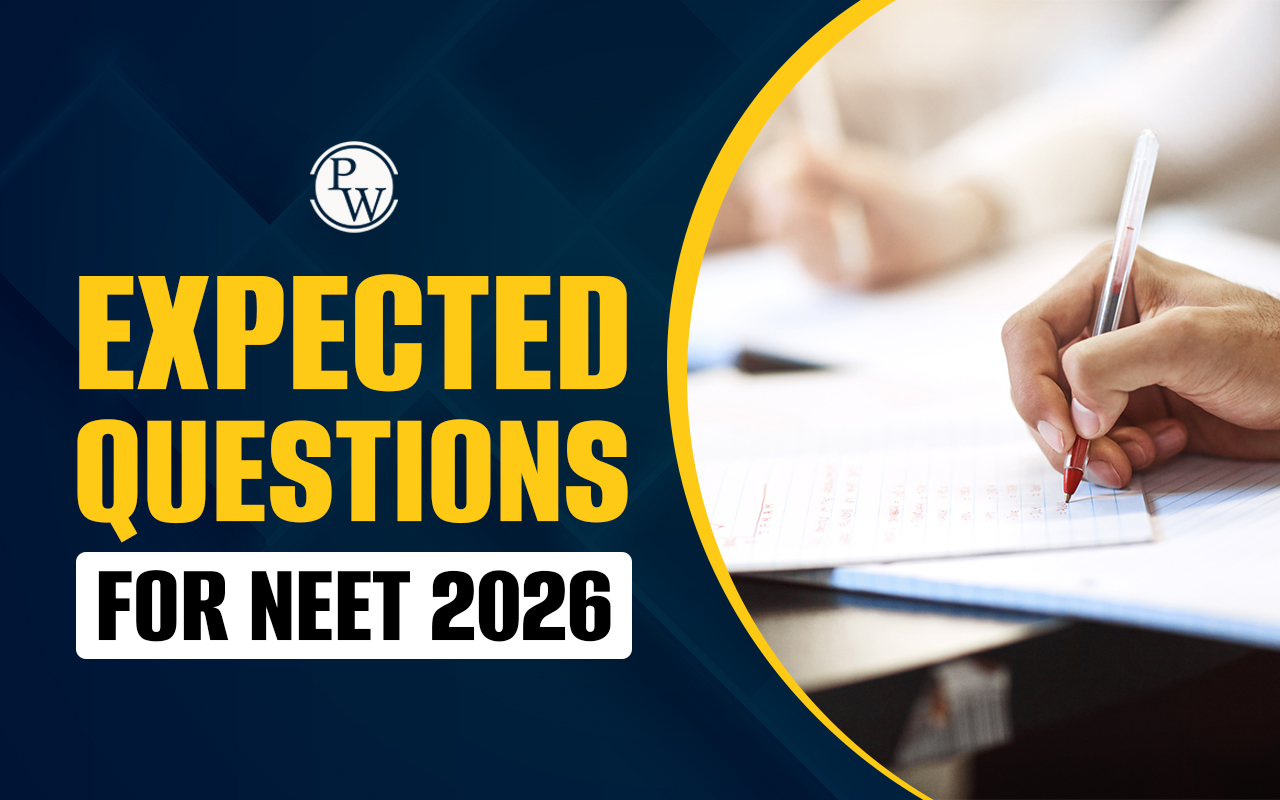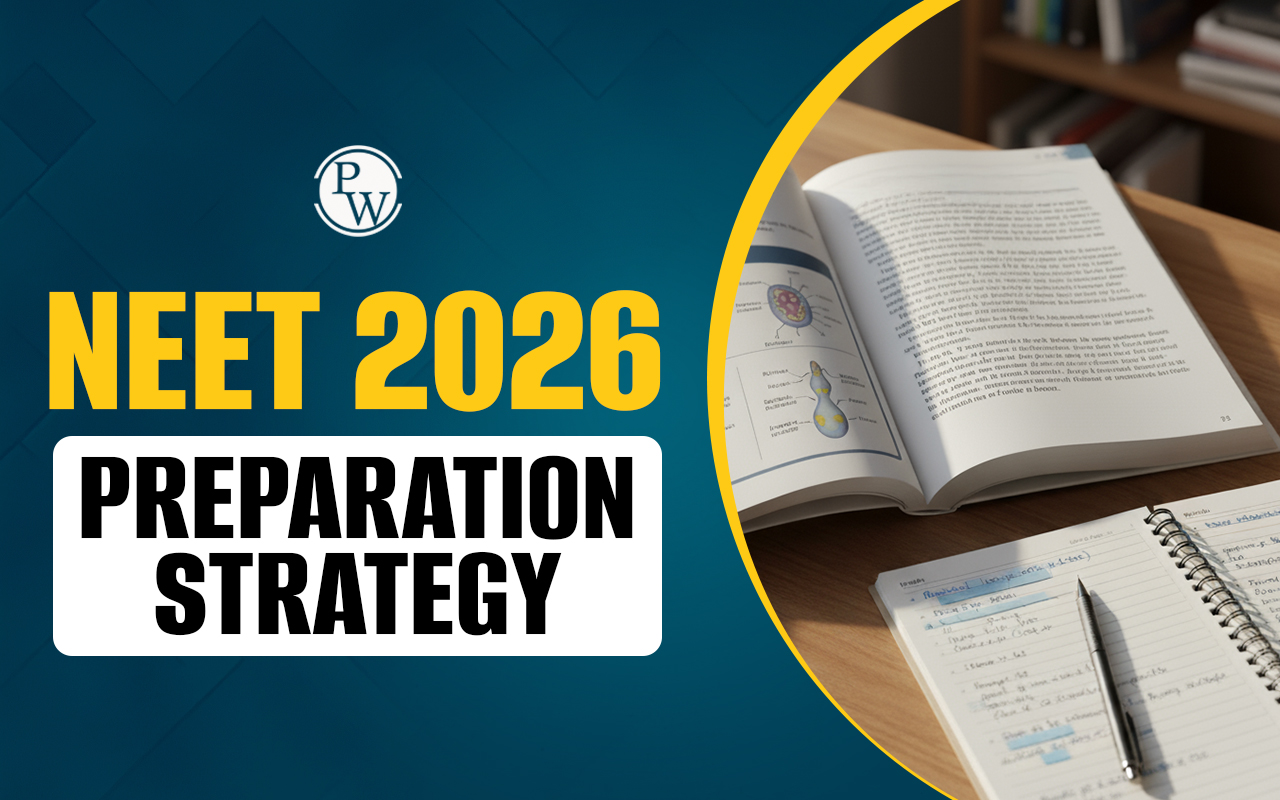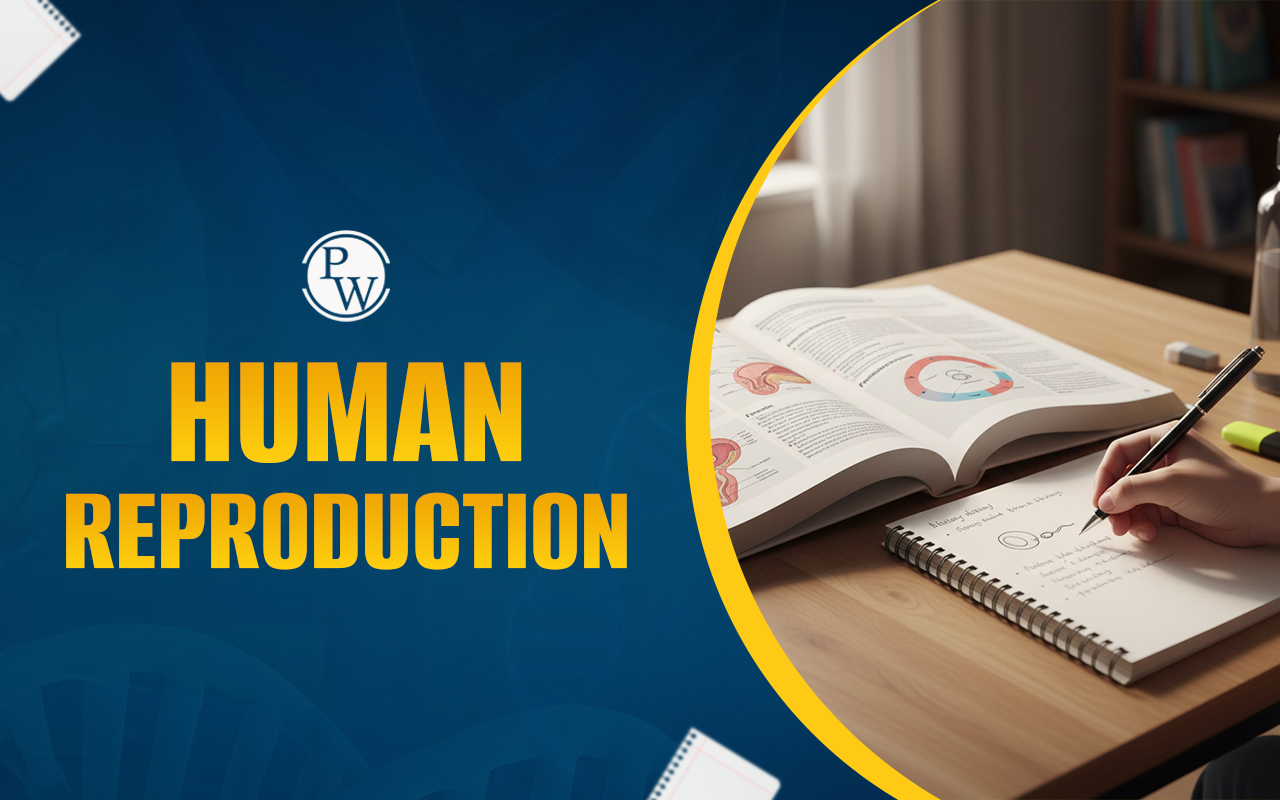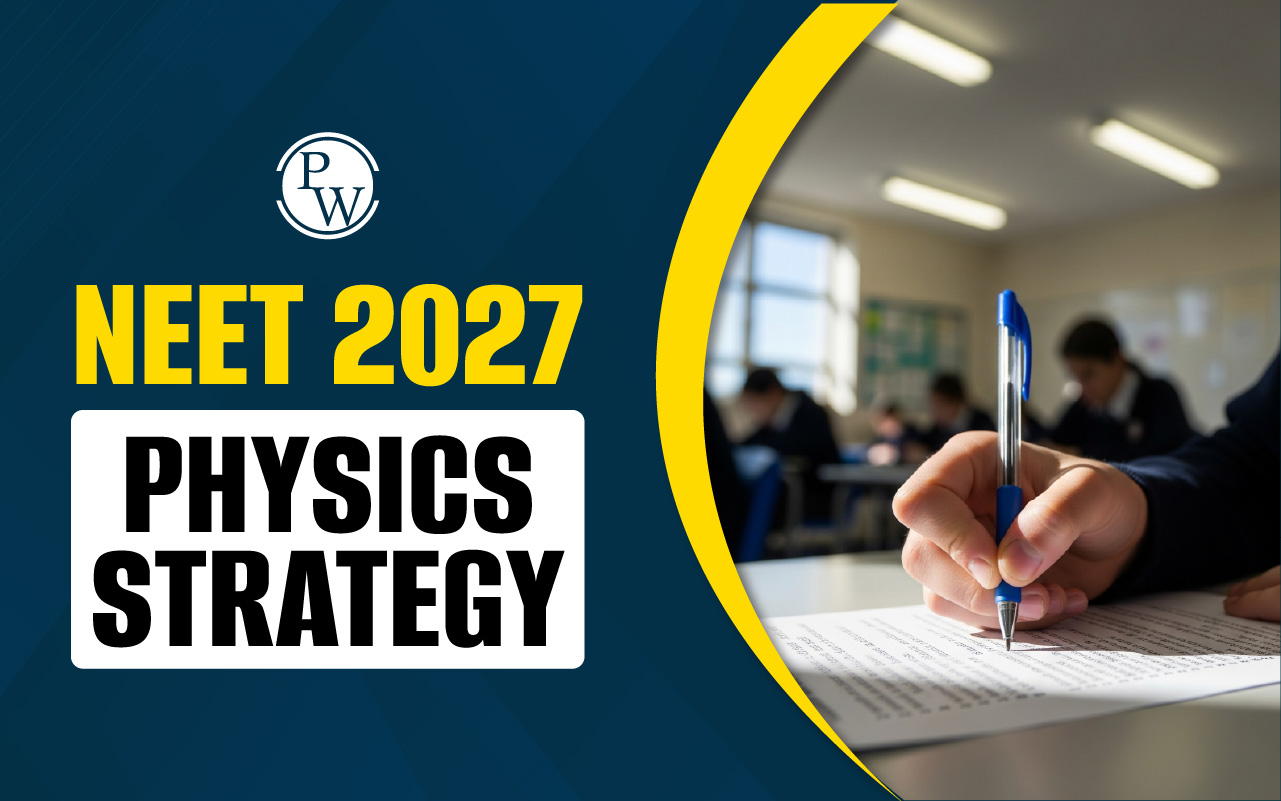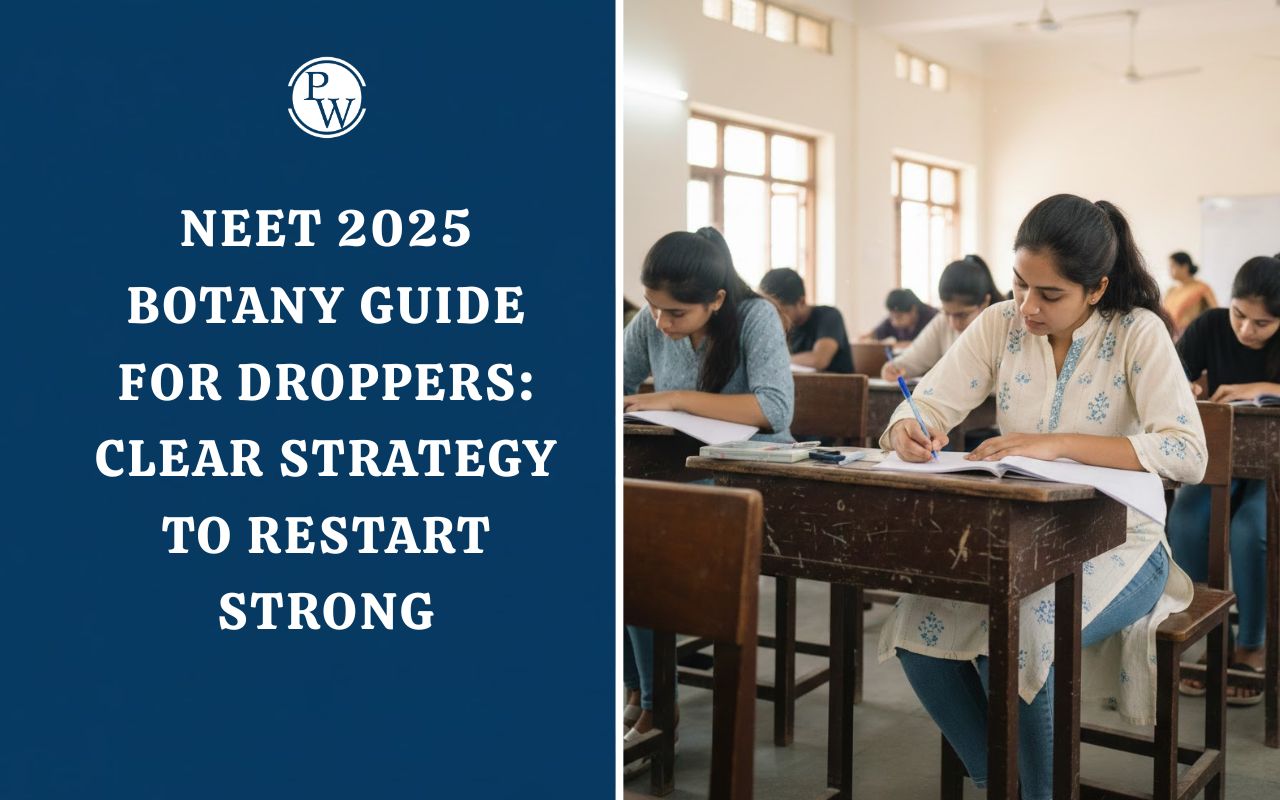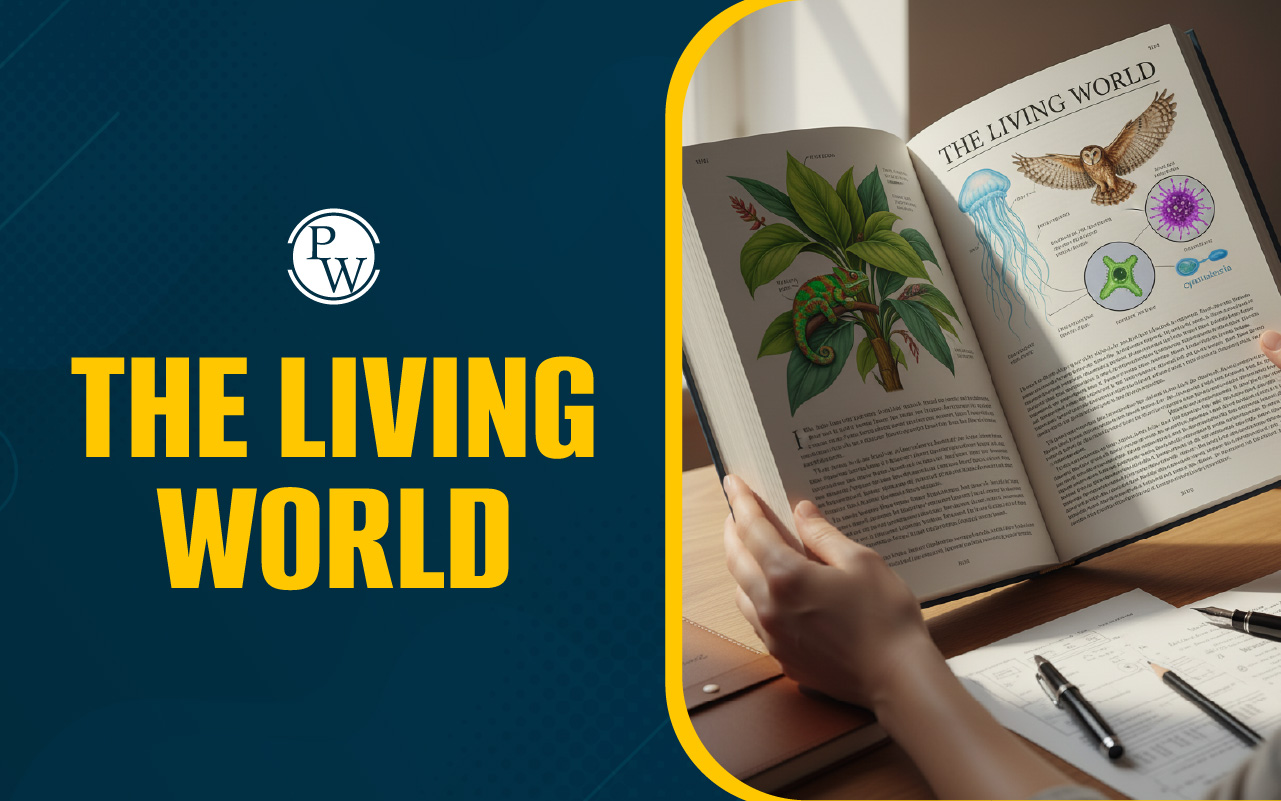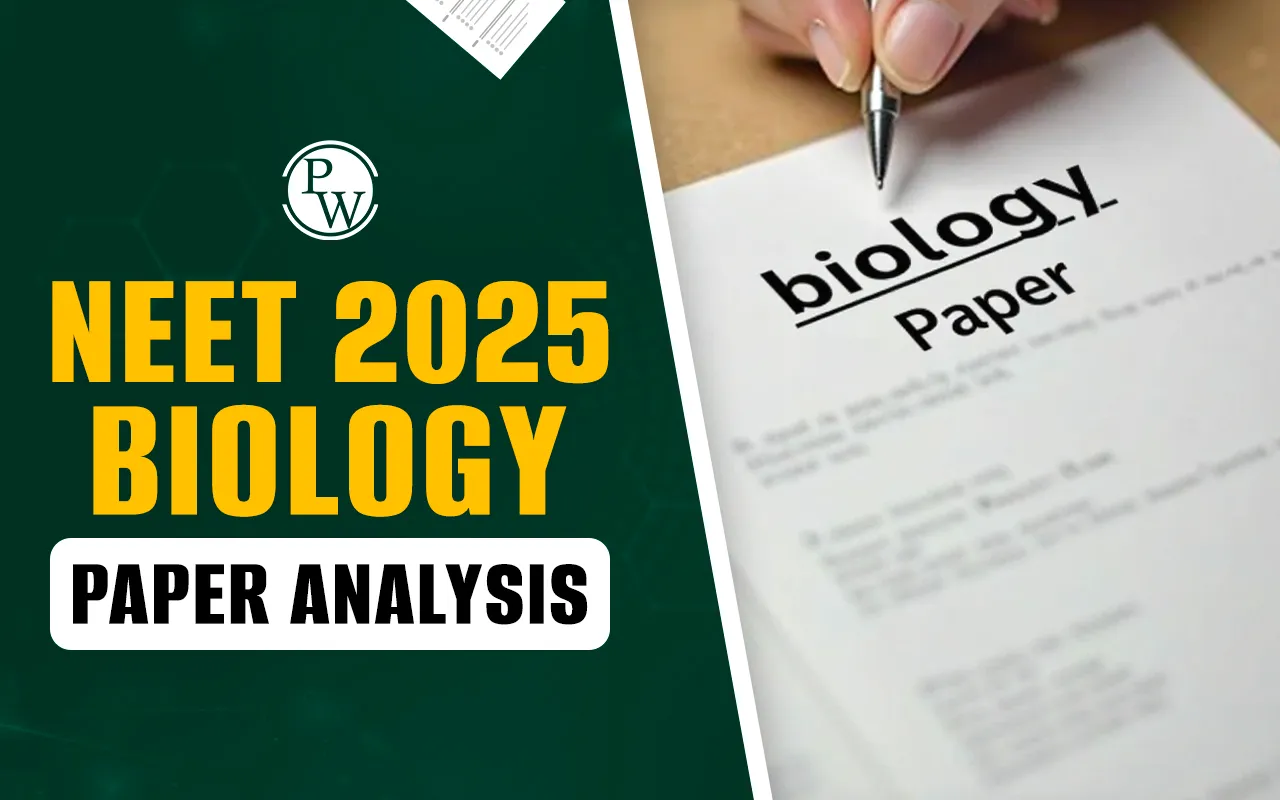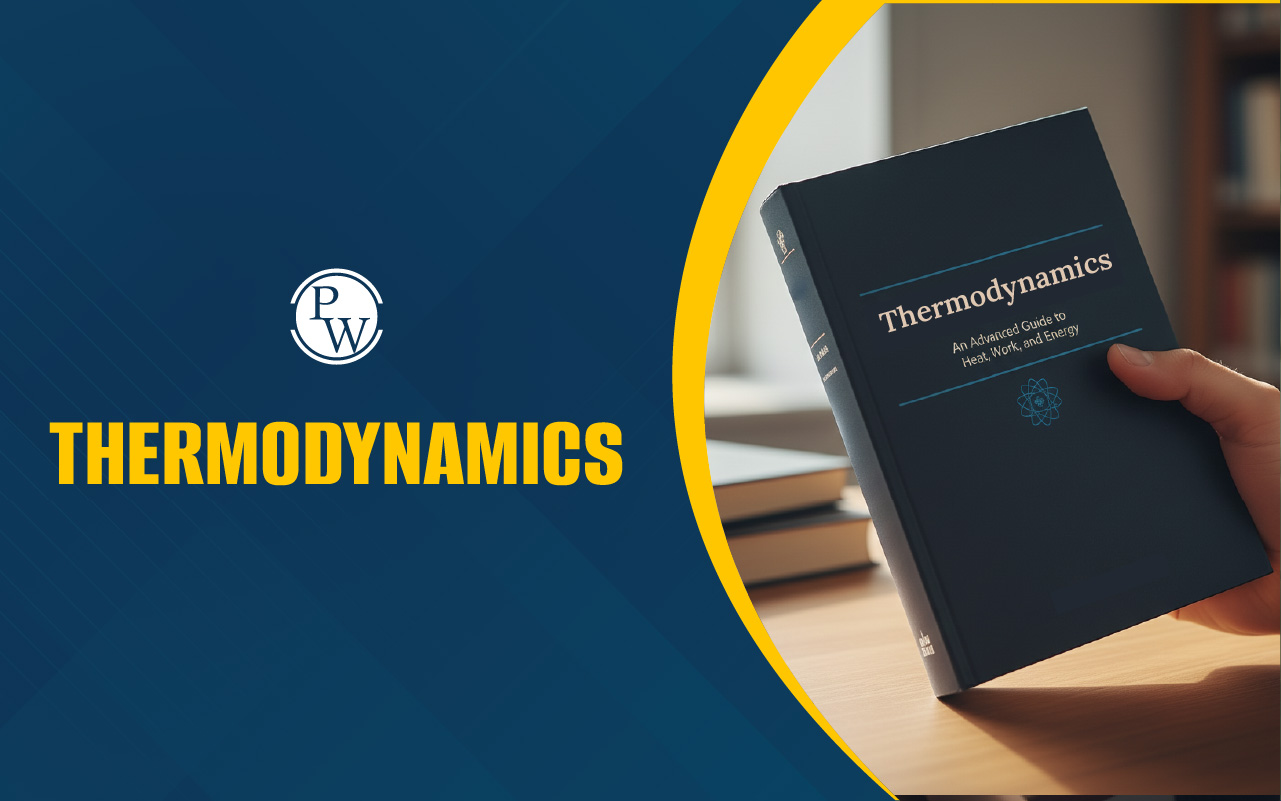

Structural Organisation in Animals Important Questions for NEET 2025 : Structural Organisation in Animals is a vital topic for NEET 2025 as it provides students with a fundamental understanding of how animal bodies are arranged and function. This chapter holds a weightage of 8% in the NEET biology section, with an average of 4 questions asked in the exam. Mastering this chapter can give students a strategic advantage, allowing them to score crucial marks with confidence.
This chapter explains the arrangement of cells, tissues, organs, and organ systems in animals. By understanding these hierarchical levels, students can grasp more advanced zoological concepts and develop the clarity required to solve NEET questions efficiently. The knowledge gained from this topic is essential for tackling questions related to tissue types, organ functions, and body systems.Also Check:
Structural Organisation in Animals Important Questions for NEET 2025 Overview
The chapter on Structural Organisation in Animals is an essential part of the NEET 2025 syllabus . It carries a notable weightage and provides students with the opportunity to secure easy marks. By enrolling in the PW’s Prachand Batch for NEET 2025, students can gain conceptual clarity through flowcharts and practice key questions. Regular revision of the concepts and practice of important questions from the provided PDF will significantly improve their chances of success in NEET 2025 .What is Structural Organisation in Animals?
The structural organisation in animals refers to the systematic arrangement of the body into hierarchical levels. These levels include cells, tissues, organs, and organ systems. Each level has distinct roles that contribute to the overall functionality of the organism. The key tissue types found in animals include:- Epithelial Tissue: Covers body surfaces and lines internal organs.
- Connective Tissue: Provides support, binds structures, and protects organs.
- Muscular Tissue: Facilitates movement and locomotion.
- Nervous Tissue: Transmits signals for coordination and response.
NEET Study Material, Free Sample Papers, Book, Toppers Notes, PYQs
Practice Questions for Structural Organisation in Animals for NEET 2025
To strengthen preparation, students need to practice topic-specific questions. The Prachand Batch for NEET 2025 offers a comprehensive set of practice questions for each chapter. The questions cover fundamental concepts as well as advanced applications.
Q1. Read the following statements and find out the incorrect statement.
- Numerous ommatidia in cockroach eyes provide a mosaic type of vision.
- In cockroach, brain supplies nerves to antennae and compound eyes.
- Fat body, nephrocytes and urecose glands also helps in excretion in cockroach.
- Male cockroach bears one pair of collateral glands which functions as accessory reproductive glands.
Q2 Consider the following four statements (i) - (iv) and select the correct option stating which ones are true and which ones are false (F).(I) In male cockroach, genital pouch or chamber lies at the hind end of abdomen bounded dorsally by and terga and ventrally by the sternum. (ii) In cockroach, the haemolymph is composed of colourless plasma and haemocytes. (iii) In female cockroach, each ovary is formed of a group of ten ovarian tubules or ovarioles, containing a chain of developing ova. (iv) In cockroach, the nymph grows by moulting about 13 times to reach the adult form.
- i-F, ii-T, iii-F, iv-T
- i-F, ii-F, iii-T, iv-T
- i-T, ii-T, iii-F, iv-T
- i-T, ii-F, iii-T, iv-F
Q3 The given figure shows alimentary canal of cockroach. Identify the parts labelled as A to D and select the correct option.
- A - Gizzard; B - Crop; C - Hepatic caecae; D - Malpighian tubules
- A - Crop; B - Gizzard; C - Hepatic caecae; D - Malpighian tubules
- A - Crop; B - Gizzard; C - Malpighian tubules; D - Hepatic caecae
- A - Gizzard; B - Crop; C - Malpighian tubules; D - Hepatic caecae
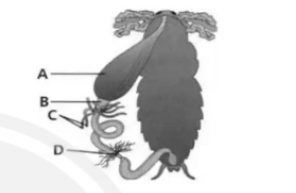
Q4 A ring of 6-8 blind tubules present at the junction of foregut and midgut and are called:
- gastric caecae which secrete digestive juice.
- hepatic caecae which secrete digestive juice.
- intestinal caecae which help in grinding the food.
- both (A) and (B)
Q5 Select the correct option with respect to cockroaches.
- The fore wings are tegmina which are used in flight.
- Malpighian tubules convert nitrogenous wastes into urea.
- Males bear a pair of short, thread like anal styles which are absent in females.
- Nervous system comprises of a dorsal nervecord and ten pairs of ganglion.
Q6 Match Column - I with Column – II.
| Column I | Column II |
| (A) Phallomere | (I) Chain of developing ova |
| (B) Gonopore | (II) Bundles of sperm |
| (C) Spermatophore | (III) Opening of the ejaculatory duct |
| (D) Ovarioles | (IV) The external genitalia |
- A - III, B - IV, C - II, D – I
- A - IV, B - III, C - II, D – I
- A - IV, B - II, C - III, D – I
- A - II, B - IV, C - III, D – I
Q7 Select the correct statement from the ones given below with respect to Periplaneta Americana:
- grinding of food is carried out only by the mouth parts.
- nervous system located dorsally, consists of segmentally arranged ganglia joined by a pair of longitudinal connectives.
- Cockroaches are dioecious and both sexes have well developed reproductive organs.
- there are 16 very long Malpighian tubules present at the junctions of midgut and hindgut.
Q8 Which of the following statements is correct?
- Tissue is a group of similar cells along with intercellular substances that perform a specific function.
- Neural tissue exerts least control over the body response.
- Smooth muscles are voluntary.
- Skin is dense regular connective tissue.
Q9 Consider the following statements.Statement-I: Cardiac muscles are involuntary.
Statement-II: Function of smooth muscle and cardiac muscles are not directly controlled.
Choose the correct answer from the options given below:
- Both Statement I and Statement-II are correct.
- Statement I is correct, but Statement II is incorrect.
- Statement I is incorrect, but Statement II is correct.
- Both Statement I and Statement II are incorrect.
Q10 Which of the following statements are incorrect?I. Endocrine glands have ducts. II. Compound epithelium covers the moist surface of the skin. III. All connective tissue cells secrete fibres of structural proteins called elastin. IV. The cells of connective tissues, except blood, secrete fibres.
- Only I and II
- Only II and III
- Only I and IV
- Only I, II and III
- Only I and II
- Only II and III
- III only
- II only
Q12 Which of the following statements about neural tissue is incorrect?
- Neurons are excitable cells and functional units of the neural system.
- Neuroglial cells support and protect neurons, constituting more than half of neural tissue.
- Electrical disturbances in neurons stimulate only adjacent nephrons.
- Neural tissue controls the body’s responsiveness to changing conditions.
Q13 All the given statements are correct, except:
- Among cell junctions, adhering junctions help to stop substances from leaking across a tissue.
- The stomach and intestine of our body have columnar epithelium.
- The squamous epithelium is made of a single thin layer of attened cells.
- The ciliated epithelial cells are required to move particles or mucus in a specific direction.
Q14 Matrix is present between cells and fibres known as ground substance. The ground substance in most connective tissue is secreted by:
- mast cells.
- eosinophil cells.
- Fibroblast cells.
- monocyte cells.
Q15 Cuboidal epithelium with brush border of microvilli is found in:
- lining of intestine.
- ducts of salivary glands.
- proximal convoluted tubule of nephron.
- stomach.
Q16 In humans, ciliated epithelial cells are mainly present in:
- larynx and salivary duct.
- bronchioles and fallopian tubes.
- bile duct and bronchioles.
- fallopian tubes and larynx.
Q17 Which is not the correct statement about stomach, lung, heart, and kidney?
- All are made up of epithelial, connective, muscular, and neutral tissue.
- All are considered organs.
- The stomach and heart are made up of four types of tissue, but lung and kidney are made up of two types of tissue.
- All exhibit division of labor.
Q18 Assertion(A): Cells of Adipose tissue are specialised to store carbohydrates.Reason(R): Excess nutrients, which not used immediately converted into fats and are stored in this tissue.
- Both Assertion (A) and Reason (R) are true, and Reason (R) is a correct explanation of Assertion (A).
- Both Assertion (A) and Reason (R) are true, but Reason (R) is not a correct explanation of Assertion (A).
- Assertion (A) is true, and Reason (R) is false.
- Assertion (A) is false, and Reason (R) is true.
Q19 Assertion(A): Compound epithelium covers the inner lining of pancreatic ducts.Reason(R): Compound epithelium has a limited role in secretion.
- Both Assertion (A) and Reason (R) are the true, and Reason (R) is a correct explanation of Assertion (A).
- Both Assertion (A) and Reason (R) are the true, and Reason (R) is not a correct explanation of Assertion (A).
- Assertion (A) is true, and Reason (R) is false.
- Assertion (A) is false, and Reason (R) is true.
Q20 Assertion(A): The squamous epithelium is made of a single thin layer of attened cells with irregular boundaries.Reason(R): They are found in walls of blood vessels and air sacs of lungs
- Both Assertion (A) and Reason (R) are true, and Reason (R) is a correct explanation of Assertion (A).
- Both Assertion (A) and Reason (R) are the true, and Reason (R) is not a correct explanation of Assertion (A).
- Assertion (A) is true, and Reason (R) is false.
- Assertion (A) is false, and Reason (R) is true.
Q21 Match List-I with List-II to nd out the correct option.
| List-I | List-II |
| A. Mast cells | I. Alimentary canal |
| B. Goblet cells | II. Areolar connective tissue |
| C. Blood | III. Secrete modied polysaccharides |
| D. Cells of connective tissue | IV. Specialised connective tissue |
- A-III, B-IV, C-II, D-I
- A-I. B-II, C-IV, D-III
- A-II. B-III, C-I, D-IV
- A-II, B-I, C-IV, D-III
Q22 Match List-I with List-II to nd out the correct option.
| List – I | List – II |
| A. Adipose tissue | I. Nose |
| B. Compound epithelium | II. Blood |
| C. Cartilage | III. Skin |
| D. Fluid connective tissue | IV. Fat storage |
- (A)–(I), (B)–(II), (C)–(III), (D)–(IV)
- (A)–(IV), (B)–(III), (C)–(I), (D)–(II)
- (A)–(III), (B)–(I), (C)–(IV), (D)–(II)
- (A)–(II), (B)–(I), (C)–(IV), (D)–(III)
Q23 What is the name of the special venous connection between the liver and intestine in frogs?
- Hepatic portal system
- Renal portal system
- Cardiovascular connection
- Intestinal venous pathway
Q24 Choose the correct option after carefully reading the statements:(I) Body of a frog is divisible into head, neck and trunk. (II) Eyes are bulged. (III) The forelimbs alone help in swimming and walking. (IV) Feet have webbed digits. (V) Above the mouth, a nostril is present.
- True False II,IV I,III,V
- I,II,IV,V III
- I,II,V III,IV
- I,II IV,III,V
Q25 What is the function of the cloaca in frogs?
- Maturation of sperm
- Hearing and balancing
- Passing faecal matter, urine, and sperm to the exterior
- Only passing urine to the exterior.
Q26 The circulatory system of Rana tigrina consists of:I. blood flows through a closed network of blood vessels. II. composed of heart, blood vessels, blood, lymph, lymph channels and lymph nodes. III. a triangular sinus venosus of heart receives deoxygenated blood first. IV. ventricle opens into conus arteriosus on the dorsal side of the heart. V. pleura.
- True False I,II,III IV,V
- I,II,IV,V III
- I,II,V III,IV
- I,II IV,III,V
Q27 Select the correct sequence of organs in the alimentary canal of the frog starting from the mouth.
- Pharynx → Oesophagus → Gizzard → Crop → Ileum → Colon → Rectum
- Pharynx → Oesophagus → Ileum → Crop → Gizzard → Colon → Rectum
- Buccal cavity → Pharynx → Oesophagus → Stomach → Intestine → Rectum → Cloaca
- Buccal cavity → Pharynx → Oesophagus → Stomach → Intestine → Cloaca → Rectum
Q28 Which of the following statements is incorrect w.r.t frog?
- There are ten pairs of cranial nerves arising from the brain.
- Forebrain includes olfactory lobes, paired cerebral hemispheres and paired diencephalon.
- The medulla oblongata passes out through the foramen magnum.
- Brain is enclosed in a bony structure called cranium.
Q29 Assertion (A): In frogs, the excretory framework encompasses a dual set of kidneys, ureters, acloaca, and a urinary bladder.Reason (R): Kidneys are condensed, deep red, and resemble beans.
- Both Assertion (A) and Reason (R) are true, and Reason (R) is a correct explanation of Assertion (A).
- Both Assertion (A) and Reason (R) are the true, but Reason (R) is not a correct explanation of Assertion (A).
- Assertion (A) is true, but Reason (R) is false.
- Assertion (A) is false, but Reason (R) is true.
Q30 Match List-I with List-II to find out the correct option.
| List - I | List - II |
| A Tubes from ovaries to cloaca | (I) Vasa eerentia |
| B 10-12 tubes entering Bidder’s canal | (II) Kidney |
| C. Bidder’s canal found in | (III) Sensory papillae |
| D Organs of touch | (IV) Oviduct |
- (A)–(IV), (B)–(I), (C)–(II), (D)–(III)
- (A)–(IV), (B)–(II), (C)–(III), (D)–(I)
- (A)–(II), (B)–(III), (C)–(IV), (D)–(I)
- (A)–(II), (B)–(IV), (C)–(III), (D)–(I)
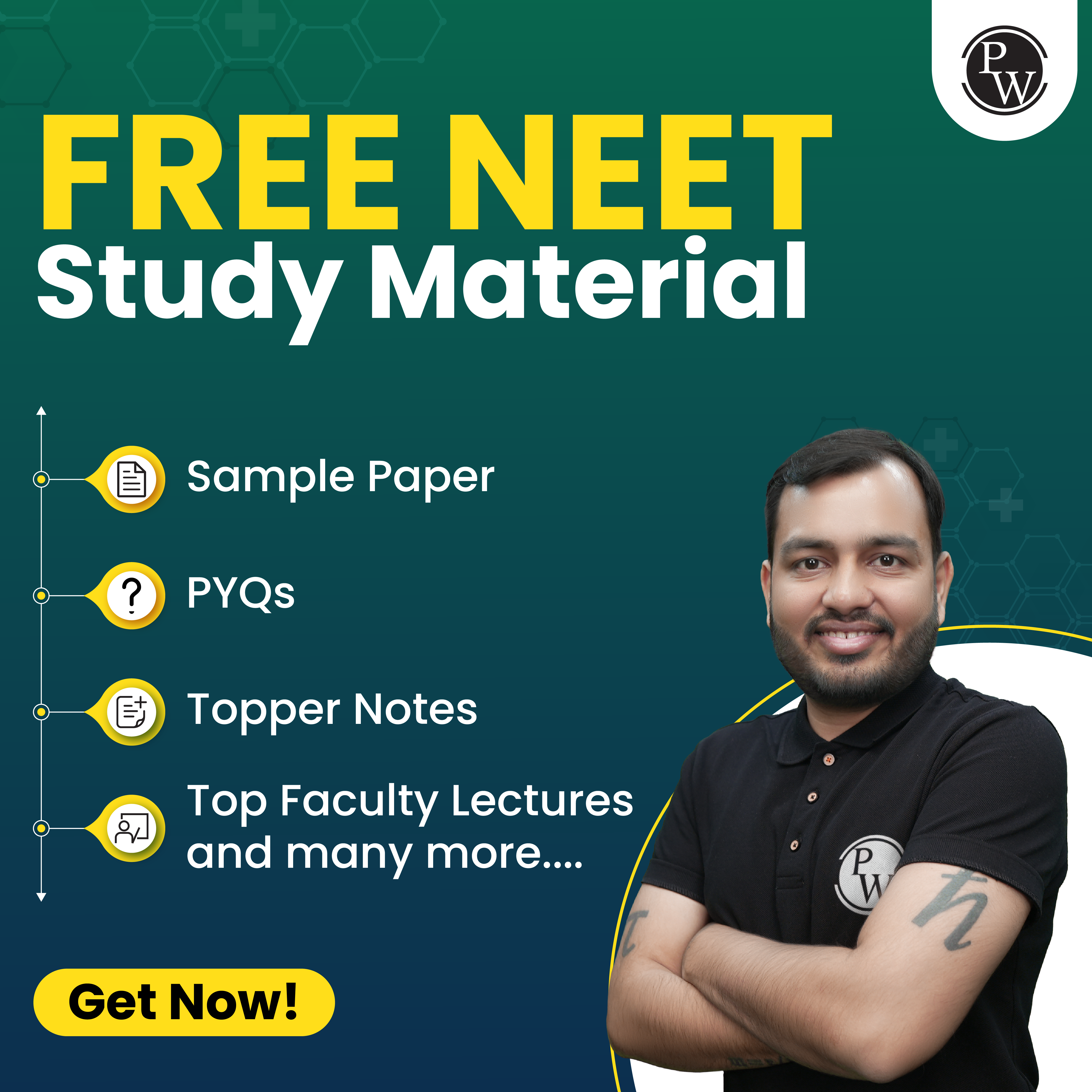
Structural Organisation in Animals Important Questions for NEET 2025 PDF
To assist students in their preparation, a PDF of Structural Organisation in Animals Important Questions for NEET 2025 is available. The PDF aims to support revision, reinforce conceptual understanding, and help students achieve better results.| NEET Exam Important Links | |
|---|---|
| NEET Syllabus | NEET Biology Notes |
| NEET Eligibility Criteria | NEET Exam Pattern |
| NEET Previous Year Question Papers | NEET Biology Syllabus |
Structural Organisation in Animals Important Questions for NEET 2025 FAQs
What is structural organisation in animals?
Is structural organisation in animals important for NEET 2025?
What are the 6 levels of structural organisation?
What is the structural organisation of the animal cell?

